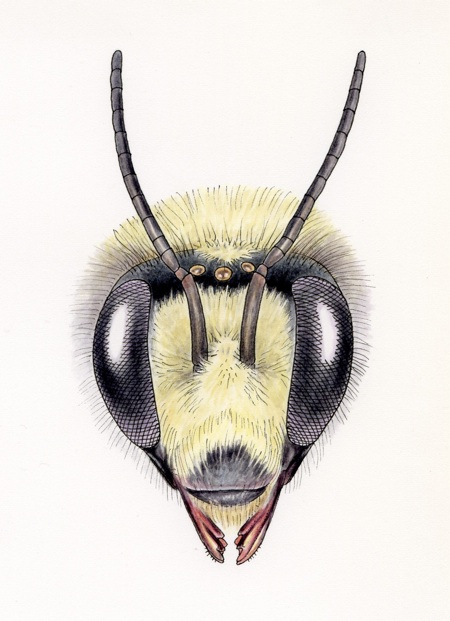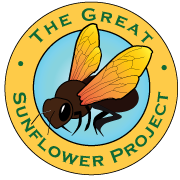
Which garden or space are you describing?:
How large is your yard?:
0.30
acres
Are there low traffic areas where the soil is not turned over, tilled or plowed?:
Yes
Are there areas with pithy twigs (elderberry, cane fruit, sumac, etc…)?:
Yes
Do you have native bunchgrasses?:
Several areas or one large area.
How much of the garden is planted with flowering annual or perennial plants (including shrubs, vegetables and trees)?:
Most (more than 75%)
Are the flowering plants that you have pollinator friendly?:
Most (more than 75%)
How many flowers in your garden bloom in spring?:
10 or more
How many flowers in your garden bloom in summer?:
10 or more
Are flowers planted in clumps?:
Yes.
How much mulch is on the ground?:
Some.
Is there fresh, clean water always available with a perch that bees could stand on and drink?:
Yes
Does the garden use herbicides?:
No.
Are pesticides used in the garden?:
No
